Celebrating the Mid-Autumn Moon Festival
Emma-Lee Moss aka Emmy the Great revisits memories of her childhood in Hong Kong and the stories of immortal love and resilience, myths and mooncakes that come when Autumn arrives.

In 1969, as the Apollo 11 astronauts were preparing to land on the moon, they received a strange new task from mission control. There was a ‘beautiful Chinese girl’ (bear with them, it was the 60’s) living on the moon with a giant rabbit, NASA reported, and told the astronauts to look out for her. ’We’ll keep a close eye out for the bunny girl,’ replied Michael Collins. I did mention it was the 60’s.
The woman in question was Chang’E, the goddess of the moon, and the subject of one of the most evocative myths in Chinese culture. There are many tellings of her story, some that involve romance, some intrigue, or a mixture of both. The version I heard, while growing up as a child in Hong Kong, was this...
Once there were ten suns in the sky and the crops couldn’t grow. The archer Hou-Yi shot down nine, and then there was only one. He became the emperor, and married a woman called Chang’E.
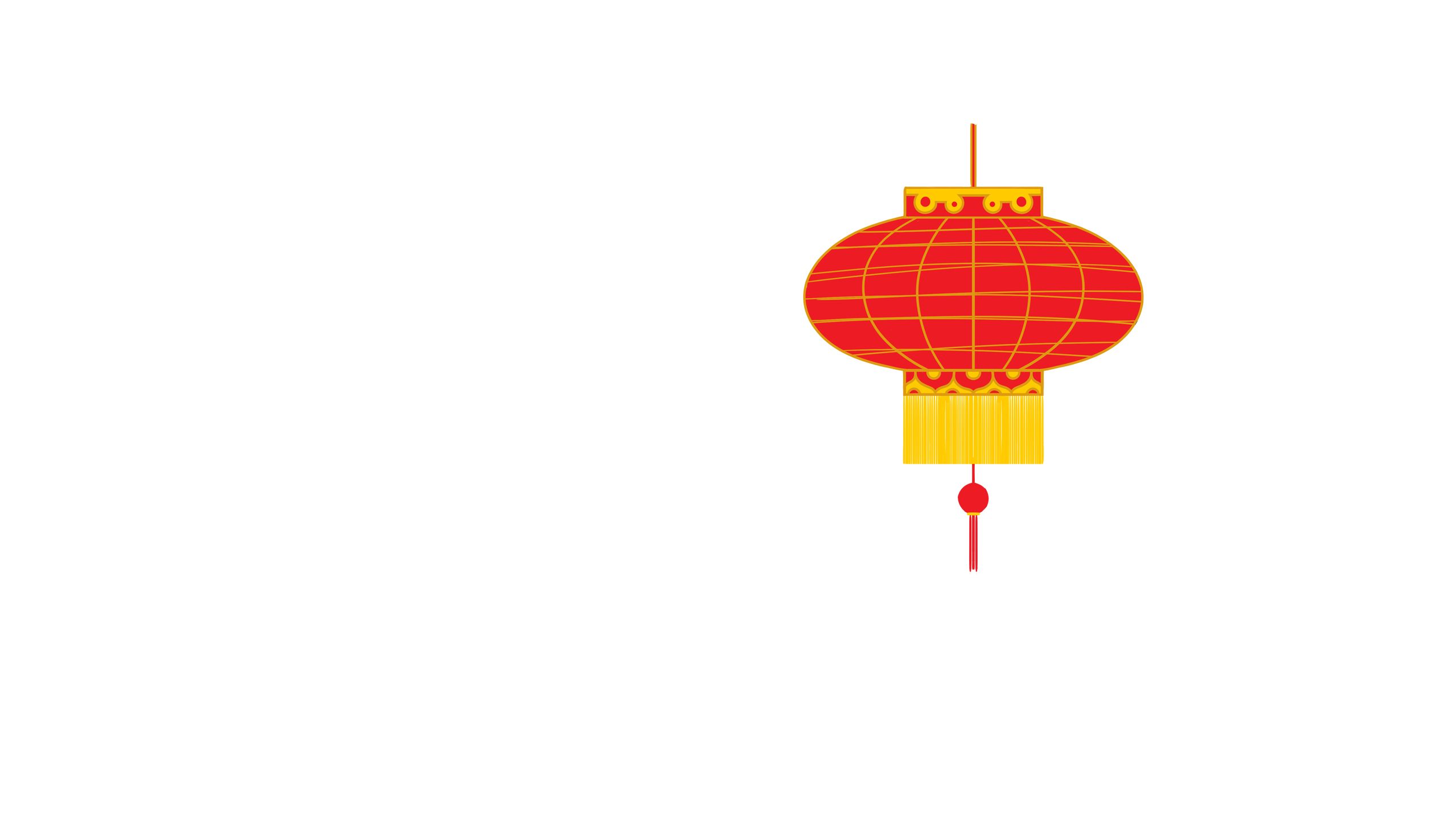
In power, Hou-Yi turned from warrior to tyrant. He procured the elixir of immortality, so he could rule over China forever. Chang’E was afraid. When her husband was away, she stole the elixir and drank it all, to save China from his immortal reign.

Filled with the potion, she became weightless and ascended to the moon. She lives there still, with the jade rabbit who grinds powder under a cinnamon tree. We celebrate her sacrifice during the Mid-Autumn Festival, by lighting lanterns and eating moon-cakes.

I don’t know why I ended up with a version of the story that celebrates defiance. Perhaps it was my mother who chose to tell it this way, perhaps I chose to remember the one I liked best. As a child, I wouldn’t have taken to the telling that saw Hou-Yi and Chang’E as immortals in love, torn apart because they stole the potion from another immortal. Romance - yuck.
Neither would I have believed someone who said Chang’E was merely curious, or greedy, and went behind her emperor-husband’s back to steal the elixir. Why would we come together every year with our offerings and our lights, just because an ancient queen was thoughtless and made a mistake? No, Chang’E must have been resilient, her actions noble. She has to live on the cold surface of the moon, alone with nothing but a rabbit for company, because she made a choice to defy her husband and save a nation.
In Hong Kong, around the Mid-Autumn festival, the shopfronts are filled with lanterns made of transparent wrapping paper, their bases adorned with red tassels and plastic flowers - once a major industry in Hong Kong. The traditional lanterns look like little submarines made of translucent foil, or paper rabbits that resemble pinatas. Plastic ones come in the shape of popular cartoon characters, like Astroboy, or Hello Kitty. A lit-up Doraemon, the blue and white cat who features often in the work of Takashi Murakami, is a regular sight during the festival, carried by children and adults alike. In the run-up to the full moon in mid-autumn, there are lantern gatherings in the park. People gift each other hampers laden with fruit to symbolise the harvest - Hokkaido melons from Japan, starfruit, and Fuji apples. Pomelos, which are round and full like the moon, are laid on shrines to ensure a good harvest and fertility within the family.
By far the greatest delicacy of the festival, however, is the mooncake. The basic recipe for this small, round pastry is filled with dense lotus seed paste and contains the salty yolk of a hardboiled duck egg. Rarely larger than a small fist, a mooncake is nonetheless a meal in itself, the Guinness of pastries. These days, mooncakes are used throughout the business world to curry favour and win over clients. Billboards for various types of mooncake appear across Hong Kong months in advance of the Mid-Autumn festival, so people have time to order them. If you’re a really important client, you might end up with a box of mooncakes designed by a three-Michelin-star chef. Family being the true focus of Mid-Autumn festival (as well as most other Chinese festivals, as well as Sundays, and most evenings), you might also get that good mooncake if you’re a very important grandmother.
Like Chang’e, the mooncake has an oral history of rebellion. The story goes that, in the Mongol-led Yuan dynasty, a group of Chinese rebels organised a coup by baking secret messages into their mooncakes, and distributing them amongst the disgruntled Chinese population. The instigator of this plan is often named as Liu Bowen, friend to Zhu Yuanzhang, the first emperor of the subsequent Ming Dynasty. This legend is now often considered factual, thanks to its popularity amongst Chinese Nationalists at the turn of the 20th century. They, too, would plot to overturn rulers from the north, and found the symbolism of mooncakes a useful propaganda tool to organise against the Manchu ruling class. In this way, mooncakes played a part in the end of the Qing dynasty and the beginning of modern China. In 2014, they also became a symbol of resistance amongst Hong Kong protestors, who spun on the revolutionary connotations of the dessert to symbolise their own resistance against Mainland Chinese rule.

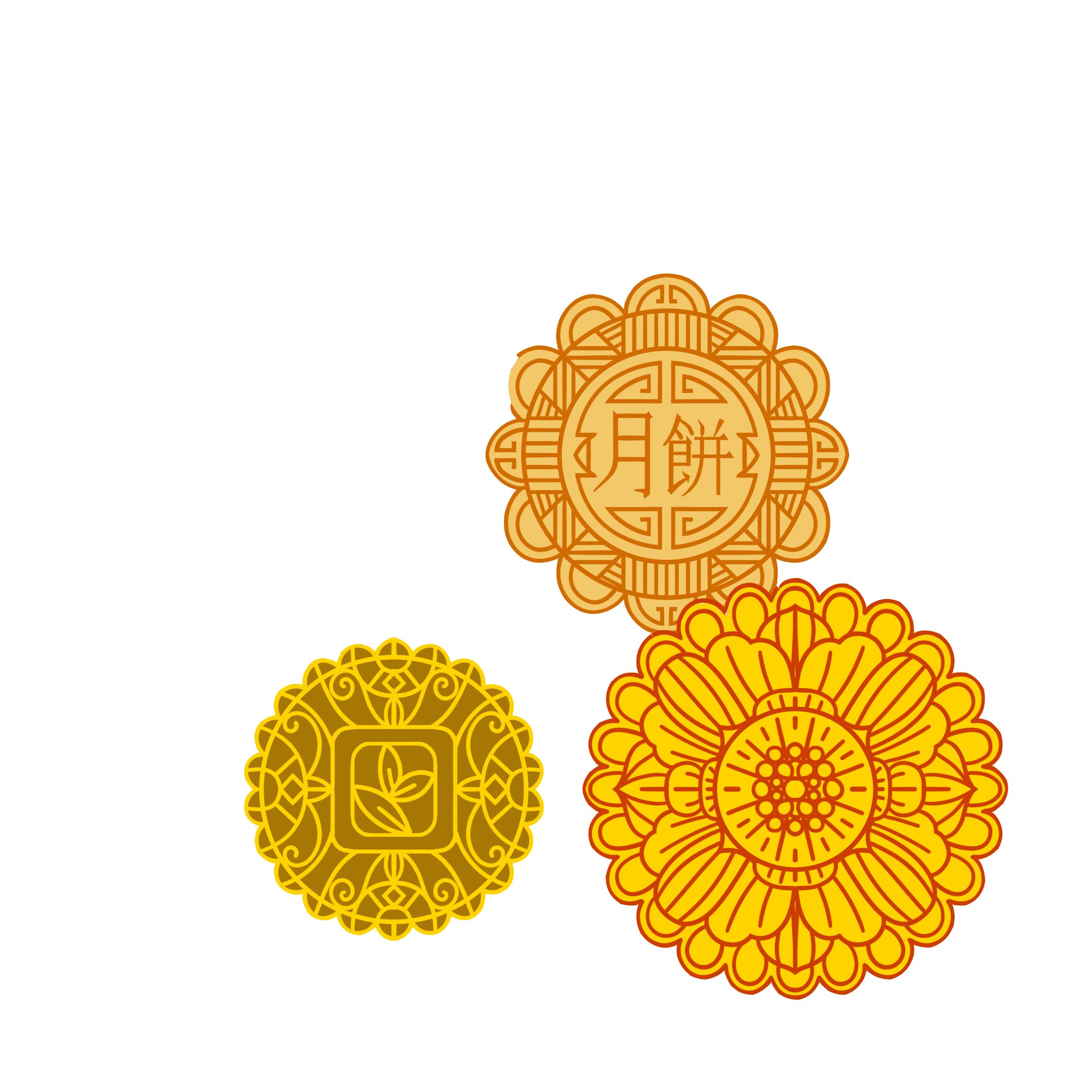
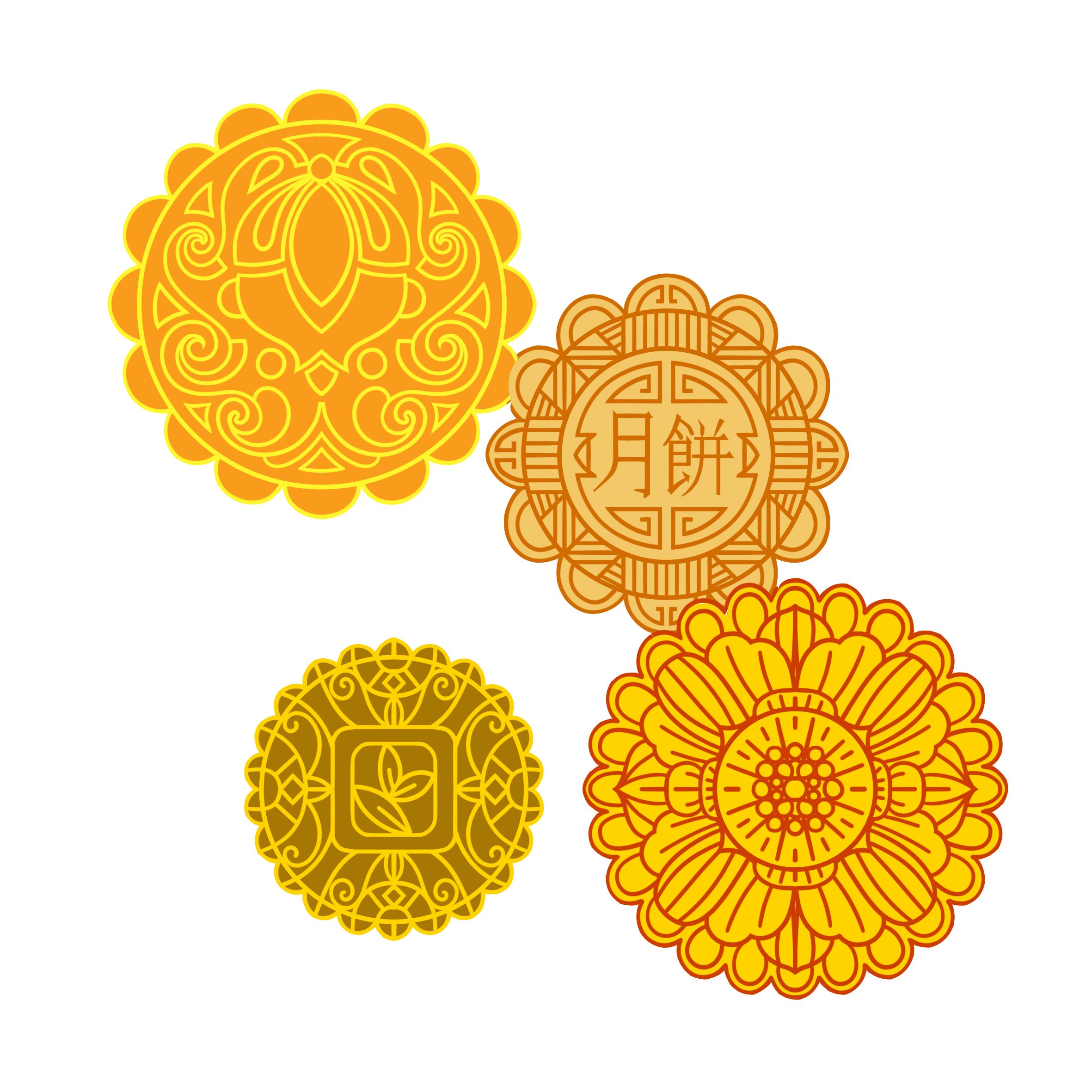
In the legends told around the Mid-Autumn Festival, we can see how China’s mythmakers and storytellers linked the festival to rebirth or transformation. Chang’e’s moon, also the Harvest Moon, announces the autumn equinox, a time for harvest festivals around the world, where crops are collected and shared, and communities acknowledge the cycle of the seasons. In Chinese medicine, autumn is identified with the metal element, which represents the core issues that define us. The moon, on the other hand, represents the feminine yin (it’s also linked to the menstrual cycle and fertility, which is why the Mid-Autumn Festival has, in some traditions, been a women’s festival). Yin also relates to the subconscious, in contrast to the conscious yang. All of this adds up to a powerful season for self-discovery and renewal.
I was open to the idea that the full moon could influence me.
In 2017, I found myself in Hong Kong for the Mid-Autumn Festival for the first time since I was a child. The previous spring, I’d visited China for the first time, and opened myself to Buddhist philosophy, as well as a folk-religious concept called yuanfen, a force that enables the serendipitous coming together of people. In Brooklyn, where I was living, I’d paid close attention to the stories of friends of mine who had been to see healers, or had their astrological charts read. My attitude towards astrology had shifted over the years, best described with this quote from the writer Marta Bausells: ’I don’t actually believe that the planet's positions have any interventionist link with our lives, but I’ve found the act of putting cynicism aside to be therapeutic.’ I was open to the idea that the full moon could influence me.
In Hong Kong, there is a visceral shift in atmosphere as the autumn approaches. The oppressive, wet heat of typhoon season passes, and suddenly there is clarity in the air. I arrived ahead of the full moon, and began writing my album under its patronage. By the time that album was finished, four subsequent full moons had passed, and I had uncovered new knowledge about myself through writing. I’d also decided to move back to Hong Kong. A few months later, I passed through what felt like a portal from my life in Brooklyn to a new life in Hong Kong, which felt exactly the yin version of New York. As I write, I am still trying to understand the powerful changes that began that mid-autumn, and I will always celebrate Mid-Autumn, and Chang’e, with personal change in mind.
Look at images of barren, airless plains sent back from probes and somehow our legends become even more mysterious.
In the era of space exploration, Chang’e’s relationship with the moon has moved beyond mythology. There is an impact crater on its surface called Chang-Ngo (somewhat more similar to the Cantonese pronunciation). China’s most successful lunar probe, Chang’e-4, landed on the far side of the moon in 2019 to gather information about its interior, and its past. Look at images of barren, airless plains sent back from probes and somehow our legends become even more mysterious. Perhaps the rabbit is hiding in lunar dust, somewhere near the Sea of Fecundity. Perhaps Chang’e wakes every morning and lays an offering under a static American flag. This mid-autumn, I challenge you to look up at the moon. There in the sky will be Chang’e in some form. A woman, a queen, a ball of light. Or simply a symbol of your own limitless potential.
There in the sky will be Chang’e in some form. A woman, a queen, a ball of light. Or simply a symbol of your own limitless potential...
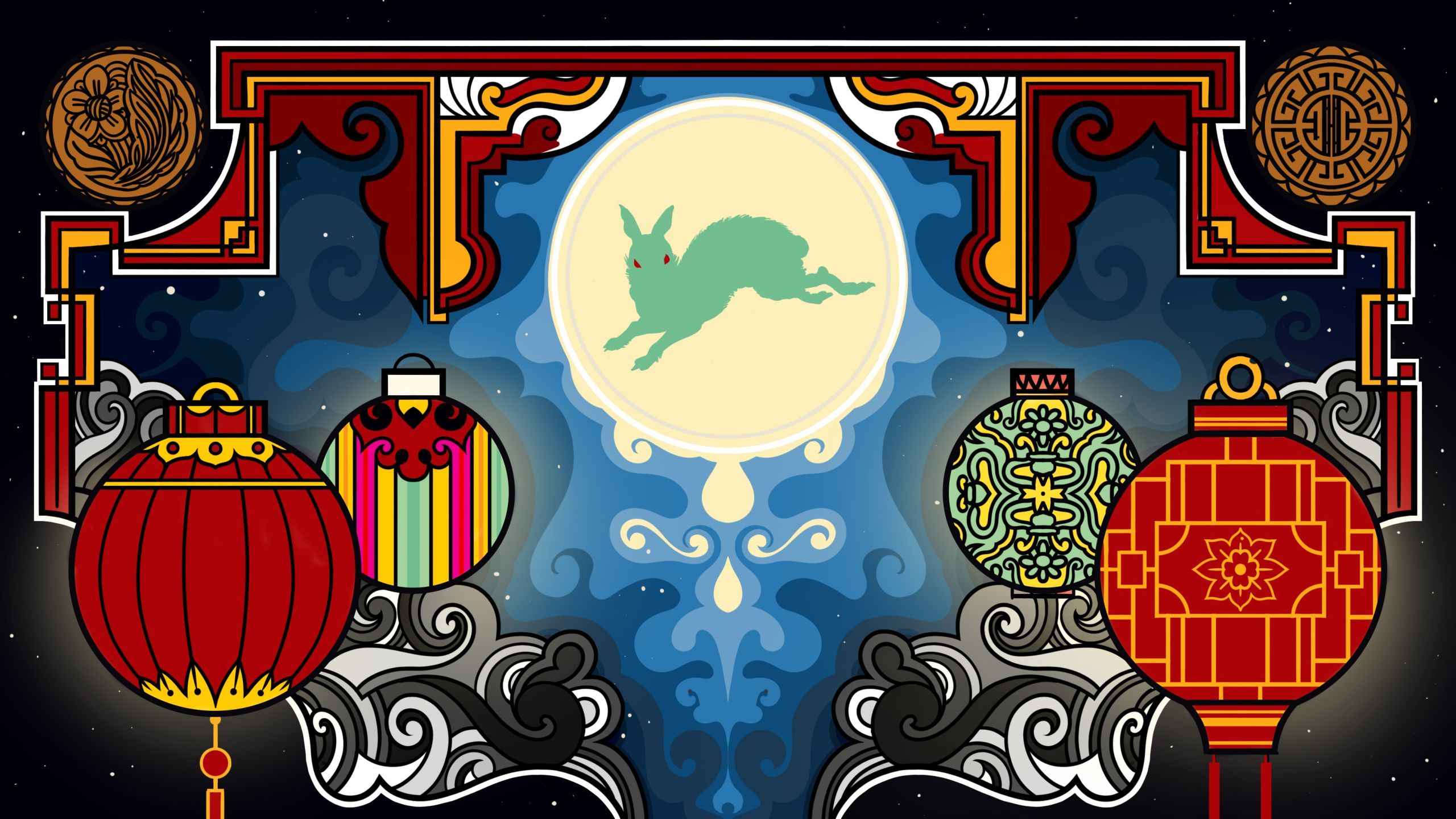
How To: Make Your Own Chinese Lantern
Learn more about the history and significance of Chinese lanterns, used to celebrate the Mid-Autumn Festival in Hong Kong - and make your own in this workshop by Rebecca Strickson and Alex Whittaker, filmed in the Barbican Conservatory.
You will need:
- Battery-driven tea light or LED light
- Scissors or craft knife
- Glue or sticky tape
- Pencil and ruler
- Paper fasteners
- Two pence piece (or small round object to draw around)
- Thread, string, wool or ribbon
Watch: Barbican Session with Emmy the Great
Emmy The Great brought her guitar along to the Barbican Foyer, to perform ‘Mary’, the first single to be taken from her latest album, April/Yuet Yam.
Listen: Rethinking Mid-Autumn
Reflections on the moon, mythology, and the Mid-Autumn Festival in this playlist from Emmy the Great.
Live from the Barbican: Rethinking Mid-Autumn with Emmy the Great
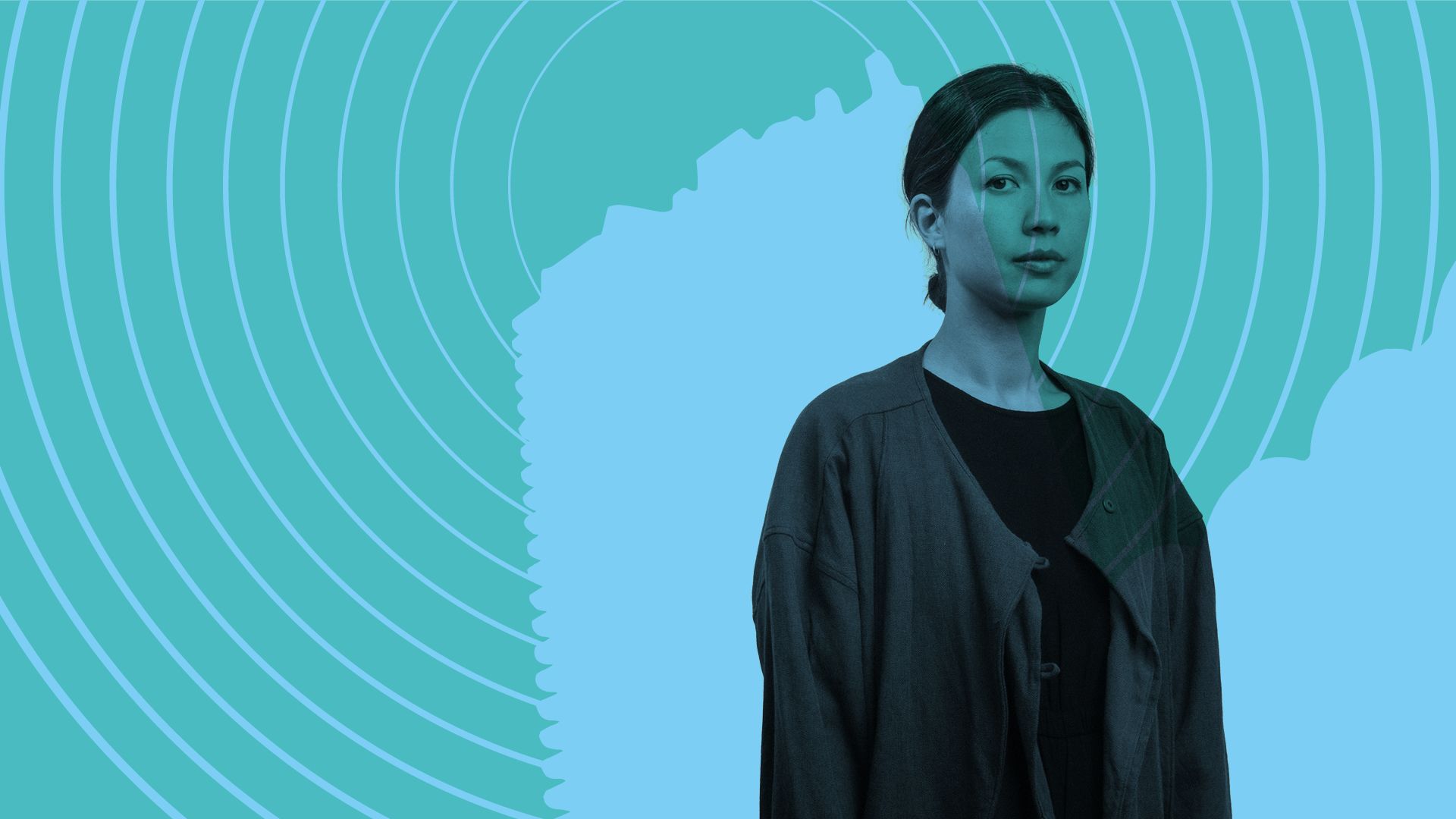
Emmy the Great presents a live streamed performance of new album, April/Yuet Yam, as part of her curated series celebrating the mid-Autumn Moon Festival in Hong Kong on Saturday 17 October at 8pm.
Emmy the Great: HK Soiree
HK SOIREE is a celebration of Hong Kong through its people and its culture, curated by Emmy the Great. The soirée is themed around a dinner party and over the course of the evening the guests meet to share stories, food and music as they come together to discuss of the city – its future, hopes and dreams.
Illustrations: Rebecca Strickson
Inspired by the traditional imagery of trade union banners and protest placards, Rebecca Strickson’s work explores the power of community and collaboration. Using eye-popping, psychedelic palettes, bold and busy compositions, and fragments of typography, Strickson’s aesthetic harks back to the 1960s, the golden age of civil unrest and positive change. As well as illustration, Strickson creates large scale murals, embroidered banners, and colourful wall hangings.